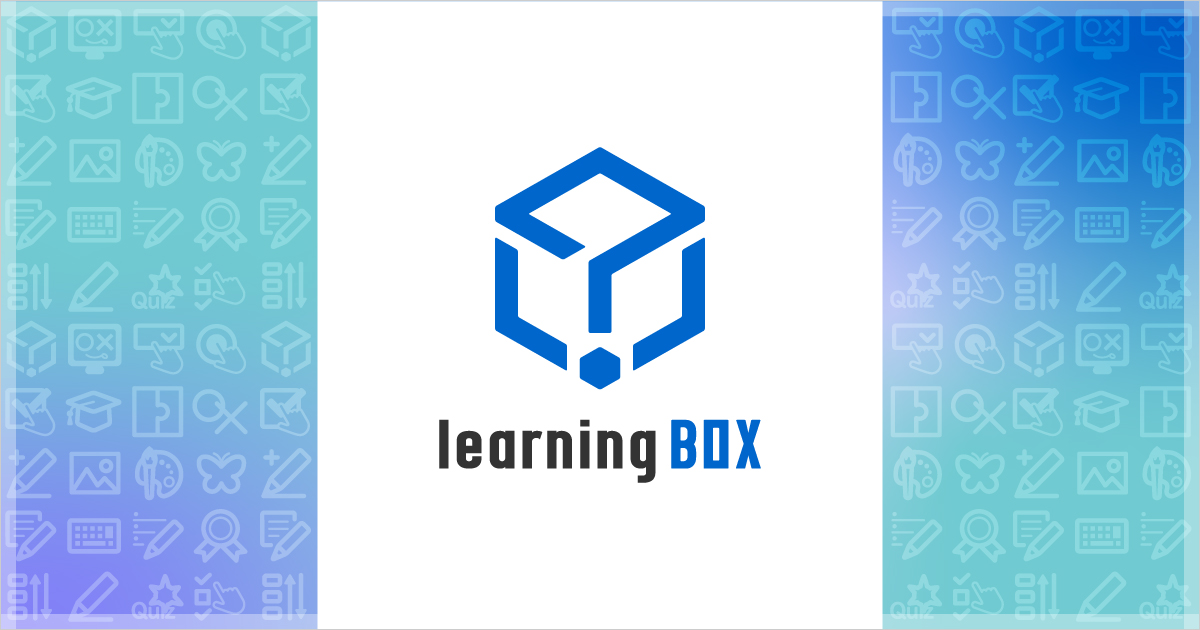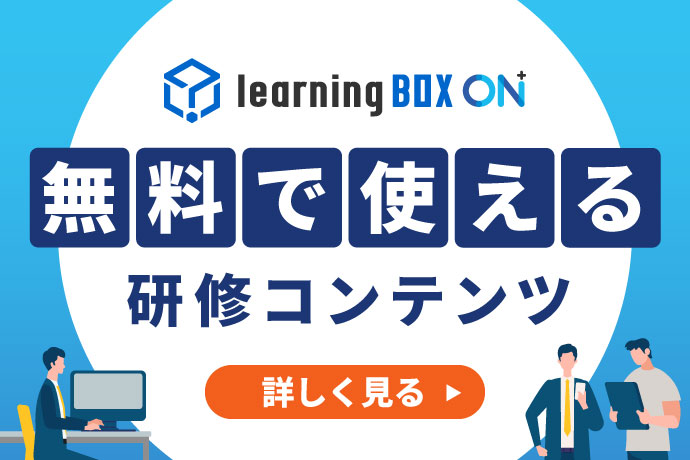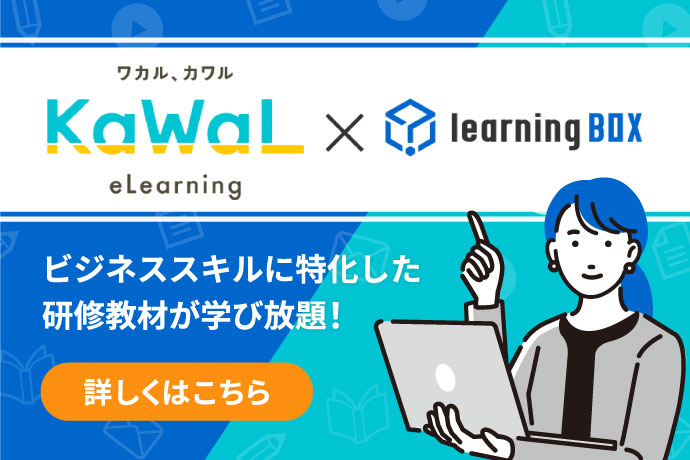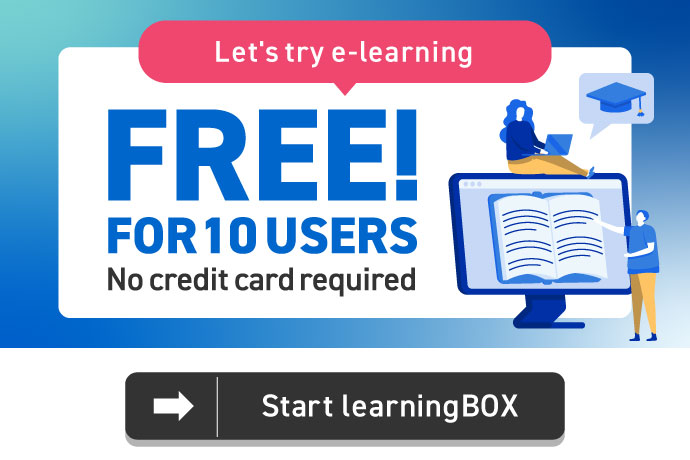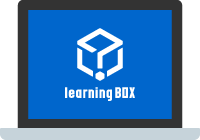A Complete Guide to Knowledge Management Tools

Knowledge management tools are introduced for the purpose of effectively collecting, sharing, and utilizing information such as knowledge, skills, and experience possessed by organizations and individuals. Many companies have released a variety of tools suitable for knowledge management, and many people may be at a loss as to what criteria should be used to select a tool.
In this article, we will explain how to select a knowledge management tool and the key points to utilize the tool after its introduction. Please refer to this article when considering the introduction of a knowledge management tool.
What is Knowledge Management?

Knowledge management (KM) refers to a series of processes in which knowledge, experience, and know-how possessed by individuals in a company or organization are aggregated and shared, and utilized to improve organizational capabilities.
Knowledge possessed by a company or organization can be divided into two types: that which is acquired sensitively by individuals through their work (tacit knowledge) and objective knowledge that has been verbalized and documented so that it can be understood by anyone in the company and shared with the organization (formal knowledge).
In knowledge management, it is important to convert tacit knowledge into formal knowledge, which can then be shared and utilized.
The SECI Model, a knowledge management methodology
The SECI (SECI) model is a typical framework for knowledge management. It is divided into four major steps.
- Socialization: Process of transferring tacit knowledge through shared experiences
- Externalization: A process to verbalize personal tacit knowledge and share it among members.
- Combination: Process of creating new knowledge by combining expressed formal knowledge
- Internalization: Process of acquiring newly acquired formal knowledge as tacit knowledge
When working with the SECI model, the key to success is to cycle through the four steps.
Back to ContentsBenefits of Implementing Knowledge Management Tools

The two main benefits of implementing a knowledge management tool are to "improve operational efficiency" and "prevent the creation of a genus. Communication and knowledge sharing within the organization will be facilitated, which is expected to improve productivity and achieve sustainable growth.
Let's review the two advantages below.
Improved operational efficiency
In terms of streamlining knowledge management operations, the following benefits can be achieved
- Improved searchability: Access to the database makes it easier to retrieve necessary information and reduces work time.
- Avoiding duplicate work: Information can be checked to see if it already exists, thus preventing duplicate registration or updating of information.
- Enhanced teamwork: Information can be easily shared and collaboration facilitated. When multiple members are involved in the same project, immediate information sharing and exchange of opinions and ideas improves teamwork and enables efficient work execution.
Preventing Genralization
The introduction of knowledge management tools enables the sharing of high-level information, such as the wealth of experience and skills possessed by individuals, and provides the following benefits in terms of the prevention of gentrification.
- Prevention of loss of knowledge: Ensures that know-how is not lost in the event of employee transfers or retirements.
- Visualization of operations: Tacit knowledge acquired by individuals through their senses is verbalized and the work flow is clarified, leading to the sharing of knowledge and the development of a management system.
- Raising the level of the entire organization: It is also possible to raise the level of knowledge and skills of the entire organization by having other employees learn how veteran or talented employees work.
If the system eliminates the need for individualization and visualization of work, it will help prevent errors and problems in business operations.
Back to ContentsTypes of Knowledge Management Tools

Knowledge management tools aggregate and systematize information such as knowledge, skills, and experience within organizations and individuals to build a database. They can be categorized into the following four main types according to their functions and applications.
Help desk (FAQ) type
This is a type of tool that provides a systematic and easy-to-understand compilation of frequently asked questions and answers (FAQs) to self-resolve inquiries from both internal and external users. It is deployed to provide quick access to work procedures and related knowledge in an organization, such as customer support or helpdesk team user support.
Document management (file sharing) type
It is used to share, organize, and search documents and files within an organization. Information sharing within an organization can be made more efficient by implementing a tool that not only allows documents to be uploaded and shared, but also provides management functions such as access restrictions and updated information.
Mining and search-specific
This type of tool is designed to extract valuable information from large amounts of data and documents for quick retrieval. It utilizes text management and machine learning techniques to help identify patterns in documents and find relevant information. It is used as a search engine for internal use, for example, to gather information.
Knowledge sharing (groupware) type
It is a tool used to effectively share knowledge and information possessed by individuals within an organization and to facilitate collaboration. It is commonly combined with groupware functions (group chat, bulletin board messaging, file sharing, task management, etc.) to help improve team productivity.
Back to ContentsCriteria for Selecting a Knowledge Management Tool

Now that we have reviewed the different types of knowledge management tools, what points should we focus on when considering their introduction? The following seven points are also important, rather than selecting a tool based solely on price or functionality.
1. Clarification of objectives and requirements
Before selecting a tool, it is important to first clarify the purpose of use and necessary conditions. Establish criteria for selecting the best tool by clarifying what issues the organization wants to solve, for what purpose the tool will be introduced, and what requirements are necessary to meet the objectives.
2. Is the tool user-friendly?
By choosing a tool that is easy for users to use, the knowledge and information that individuals and organizations have will be easier to share. Check to see if the interface is intuitive, if it is easy to register, update, and view without technical knowledge, and if the search function is easy to use. Taking advantage of free trial periods and demonstrations, as well as reviews by existing users, can also be helpful.
3. Customization and expandability
Considering mid- to long-term operation, it is also important to check whether the tool can be customized to meet the organization's needs and whether it is scalable to add functionality. Make sure the tool is flexible and can adapt to your organization's unique processes and workflows.
4. Mobile support and access in offline environments
In today's business environment, mobile devices such as smartphones and tablets play an important role in addition to PCs. Make sure that the tool is compatible with mobile devices so that information can be checked and registered outside the office, such as on the move or at home while working remotely. If the tool has a mobile app or responsive design, users can access it anytime, anywhere.
Access in an offline environment is also important. Also check whether the information can be accessed even when not connected to a network.
5. Robust security
Information aggregated and shared by knowledge management tools may include confidential information and is an important information asset for the company. It is necessary to hedge against threats such as information leaks due to unauthorized access. Be sure to check the security of the tools you are considering to introduce.
6. Post-implementation retention support (customer success)
Even after a knowledge management tool is implemented, ongoing support is important to ensure effective use of the tool. One of the most important factors to consider when selecting a tool is whether the provider offers a customer success (CS) program, which provides support to help companies get the most out of the tool, such as implementation support by CS staff, operational training, regular updates, and technical support. Make sure that you are getting the most out of the tool. This will promote knowledge sharing and effective communication and collaboration within the organization.
7. Evaluation of utilization costs and cost-effectiveness
When choosing a knowledge management tool, it is also important to measure the cost of use and cost-effectiveness. It is a good idea to understand the costs of implementation and operation, including initial costs and usage fees, additional costs for customization and customer support, and maintenance costs.
For cost-effectiveness evaluation, we recommend using the following indicators to measure and compare numerical changes before and after implementation.
- Changes in time and resources for information sharing and problem solving
- Changes in the time it takes to perform a particular task or process
Points to keep in mind when utilizing knowledge management tools

Next, we will take a closer look at points to keep in mind when using knowledge management tools. The following four points will help you make effective use of the tool.
1. Establish the purpose of utilizing knowledge management tools
As mentioned in Chapter 4, "Criteria for Selecting a Knowledge Management Tool," the first step is to set the purpose of utilization. This is an important step to clarify what information will be shared among employees and how the tool will be used. The point is to set them from the user's perspective. By setting specific objectives, such as "to improve operational efficiency," "to facilitate the progress of new projects," or "to streamline the training of new employees," it becomes clear how the tool will be used and what information needs to be shared.
2. Clarify the knowledge to be shared.
Once the purpose of utilizing the tool is established, the knowledge to be shared will also become clear. For example, technical knowledge, business manuals, internal training materials, market trends, etc., should be determined.
Once the knowledge to be shared is determined, "how to share it" is also a key point for utilization. Specifically, the following three methods can be used.
- Summarize in FAQ format
- Increase searchability to make it easier to find knowledge
- Utilize the chat and bulletin board in the tool.
The best method for sharing knowledge will vary depending on the intended use of the knowledge and the level of employees who will use it. The best sharing method should be selected while taking into account the opinions of users.
3. Create a mechanism to incorporate knowledge management tools into operations.
Effective use of the tools requires a clear structure to integrate them into daily operations.
It is necessary to create a framework for knowledge sharing and utilization, such as setting a schedule for regular information updates and revisions, conducting in-house training to improve skills in tool use, and incorporating tools in stages according to actual operations.
4. Improvement and streamlining of work flow
By utilizing tools to document workflow and visualize processes, it is possible to identify bottlenecks and find ways to improve efficiency. By utilizing workflow management and task management functions, it will also be possible to make necessary adjustments and prioritize tasks while keeping track of work progress, leading to improved productivity and competitiveness for the entire organization.
In addition, data will be accumulated through the operation of the tool. Practice the "PDCA cycle," in which improvement plans are created from hypotheses constructed based on the data, and after implementation, the next improvement plan is considered while looking back on what could and could not be improved.
Back to ContentsMake effective use of knowledge management tools!
This article explains how to select and use a knowledge management tool. Ideally, the tool should be selected based on key points, such as clarifying the organization's purpose of implementation, whether it is easy for anyone who wants to use it to use it, and whether it provides appropriate support so that it will take root after implementation.
One of the best tools for knowledge management is the " learningBOXWe recommend learningBOX, an e-learning system that offers a complete set of functions for creating and distributing teaching materials, managing grades, and managing students. We recommend that anyone can easily build a web-based learning environment.
In addition, learningBOX offers a Free Plan, which includes 10 accounts without expiry date.learningBOX ONCombined with the "Knowledge Management" service, you will be able to design original teaching materials and expand the scope of knowledge sharing even further. For knowledge management measures, we encourage you to use our convenient service for in-house production of training content creation.
Now is the time to sharpen employees’ skills to empower your business.
▼You may also like:
Back to Contents Back to Article List











